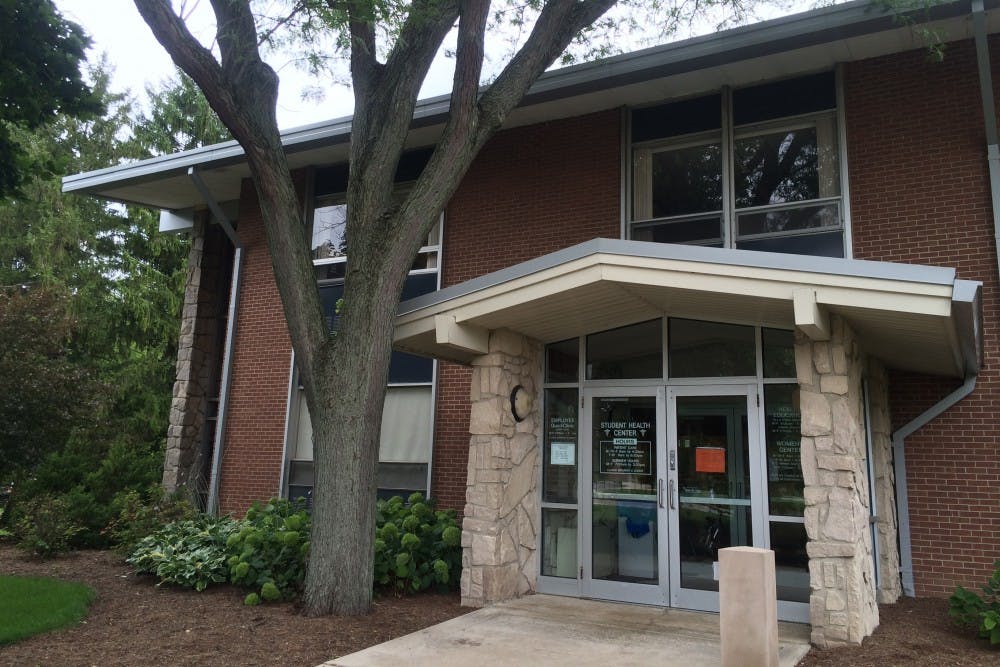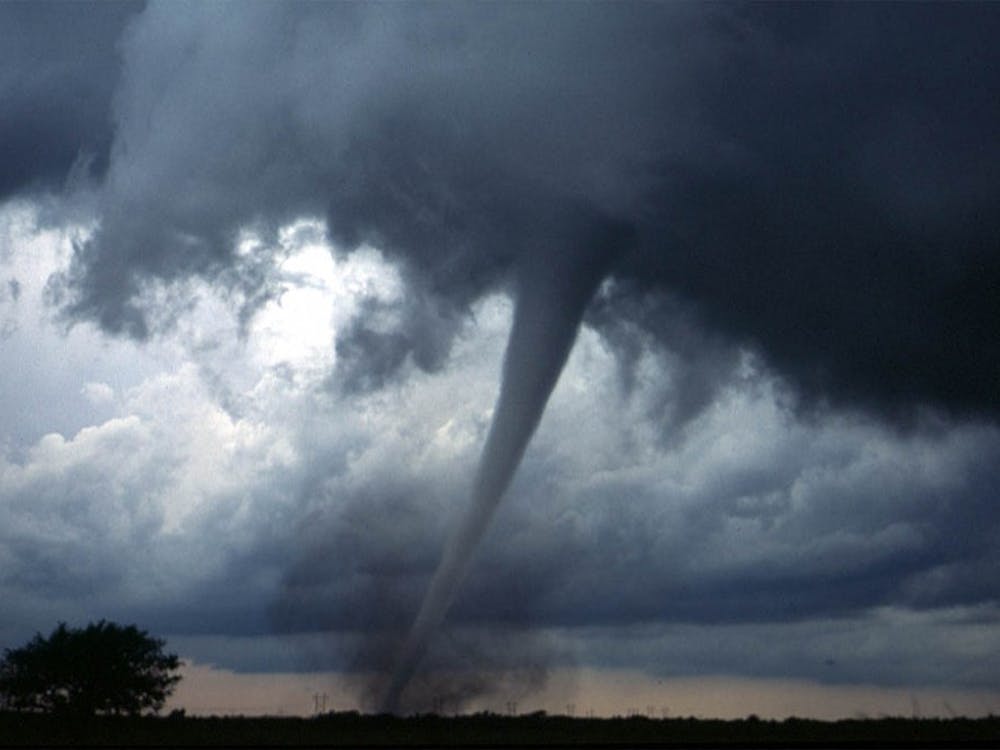If a student thinks they may have mumps, they should call the Health Center at 765-285-8431 to schedule an appointment.
Mumps cases are at a 10-year high with hundreds of reports rolling in from across country since the start of 2017, according to the Centers for Disease Control and Prevention.
The CDC had received reports of 1,242 cases of mumps as of early March, and the contagious, viral infection that can result in swollen salivary glands and flu-like symptoms is typically found on college campuses. The viral infection can spread easily and quickly through large communal areas like residence halls and classrooms.
More than 150 mumps cases were confirmed in 2016 in Indiana, and since the beginning of 2017, more than a dozen university students in Indiana have had confirmed cases of mumps. So far, Indiana University has seen 5 cases in 2017, and other universities — including Indiana University-Purdue University Indianapolis and Butler University — have also reported cases of students with mumps.
The Amelia T. Wood Health Center has not reported any cases of mumps at this time. The university requires students to show proof of two doses of measles, mumps and rubella vaccines — considered by the CDC to be around 88 percent effective.
According to the CDC, mumps symptoms include fever, headache, muscle aches, tiredness and swollen and tender salivary glands under the ears on one side or both. The symptoms appear 16 to 18 days after the infection, but can vary from 12-25 days. Serious complications with the mumps are rare, and most people who contract the disease recover completely.
Regularly washing hands with soap and water, sneezing and coughing into a tissue or elbow and avoiding the sharing of drinks, food and utensils are good ways to prevent illness and transmission.
If a student thinks they may have mumps, they should call the Health Center at 765-285-8431 to schedule an appointment.





